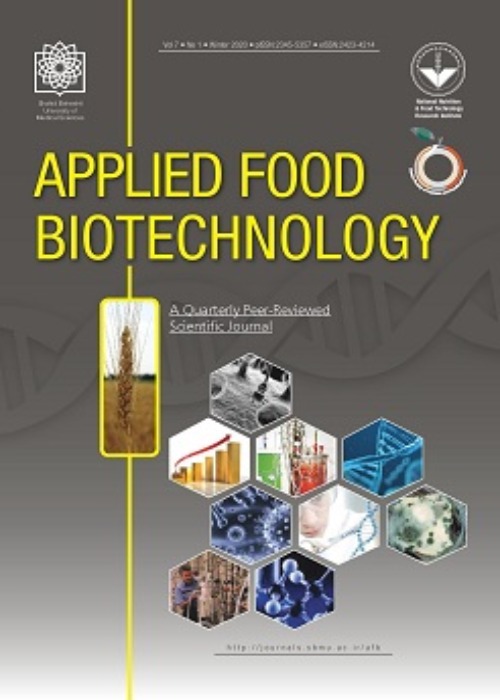Optimization of Soy-based Media for the Production of Biologically Active Exopolysaccharides by Medicinal Mushroom Trametes versicolor
Diabetes mellitus is the fifth leading cause of death in the world. Damaging effects of diabetes include advanced metabolic complications and various organ lesions. More than 90% of diabetic cases belong to type 2 diabetes. For decades, medicinal fungi such as Trametes versicolorhave been considered as treatments for diabetes. The fungi exopolysaccharides show α-glucosidase activity in the intestinal membrane.
In this study, Iranian Trametes versicolorwas cultured in various media based on soy milk, cow milk and soy protein extraction. After selecting appropriate culture media for biomass and exopolysaccharide production, response surface method with Box-Behnken design was used to investigate effects of independent variables of glucose (g l-1), soy milk (v v-1) and pH on biomass and exopolysaccharide production and optimization of these products. An animal (rat) model of streptozotocin-induced diabetic rats was used to investigate effects of exopolysaccharides on diabetes.Rats were treated with exopolysaccharides for 21 days.
Results showed that the culture media containing soy milk was appropriate for the growth and production of fungal products. Productions of biomass and exopolysaccharides increased to 2.87 gl-1 and 1.37 g l-1 respectively. Based on the analysis of response surface method, pH with p-value of 0.0004 and pH and soybean interaction with p-value of 0.0129 included significant effects on exopolysaccharide production. In optimum condition of the culture media with pH 4.67, 13.01 g l-1 glucose and 75% v v-1 soybean milk, biomass and exopolysaccharides reached 21.80 g l-1 and 9.6 g l-1. In diabetic rat model treated with exopolysaccharides, a 50.38% decrease in blood glucose was seen while triglycerides, cholesterol and low-density lipoproteins included 89, 20 and 21.67%, respectively. Furthermore, high-density lipoproteins increased by nearly 5.12%.
- حق عضویت دریافتی صرف حمایت از نشریات عضو و نگهداری، تکمیل و توسعه مگیران میشود.
- پرداخت حق اشتراک و دانلود مقالات اجازه بازنشر آن در سایر رسانههای چاپی و دیجیتال را به کاربر نمیدهد.


